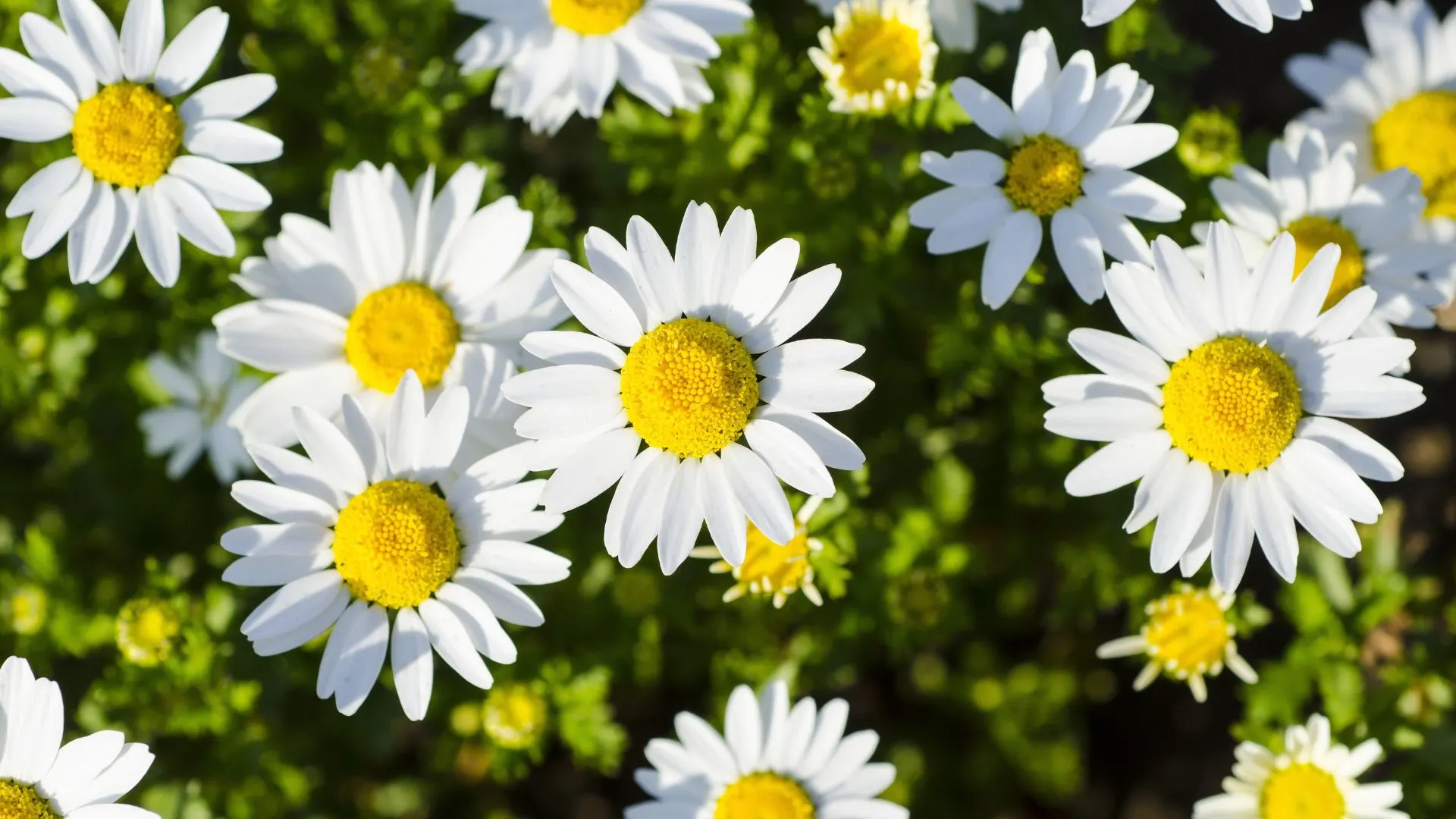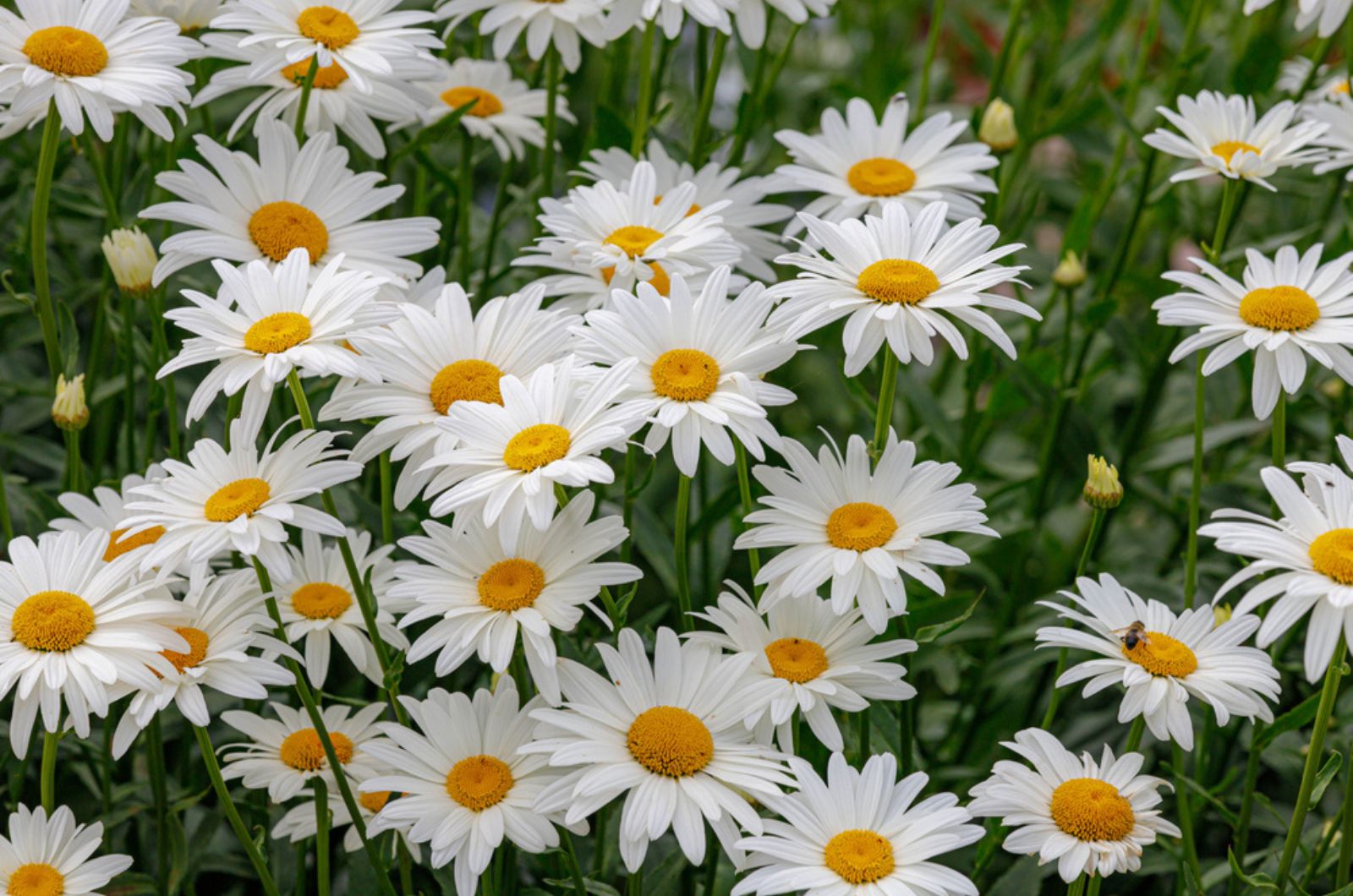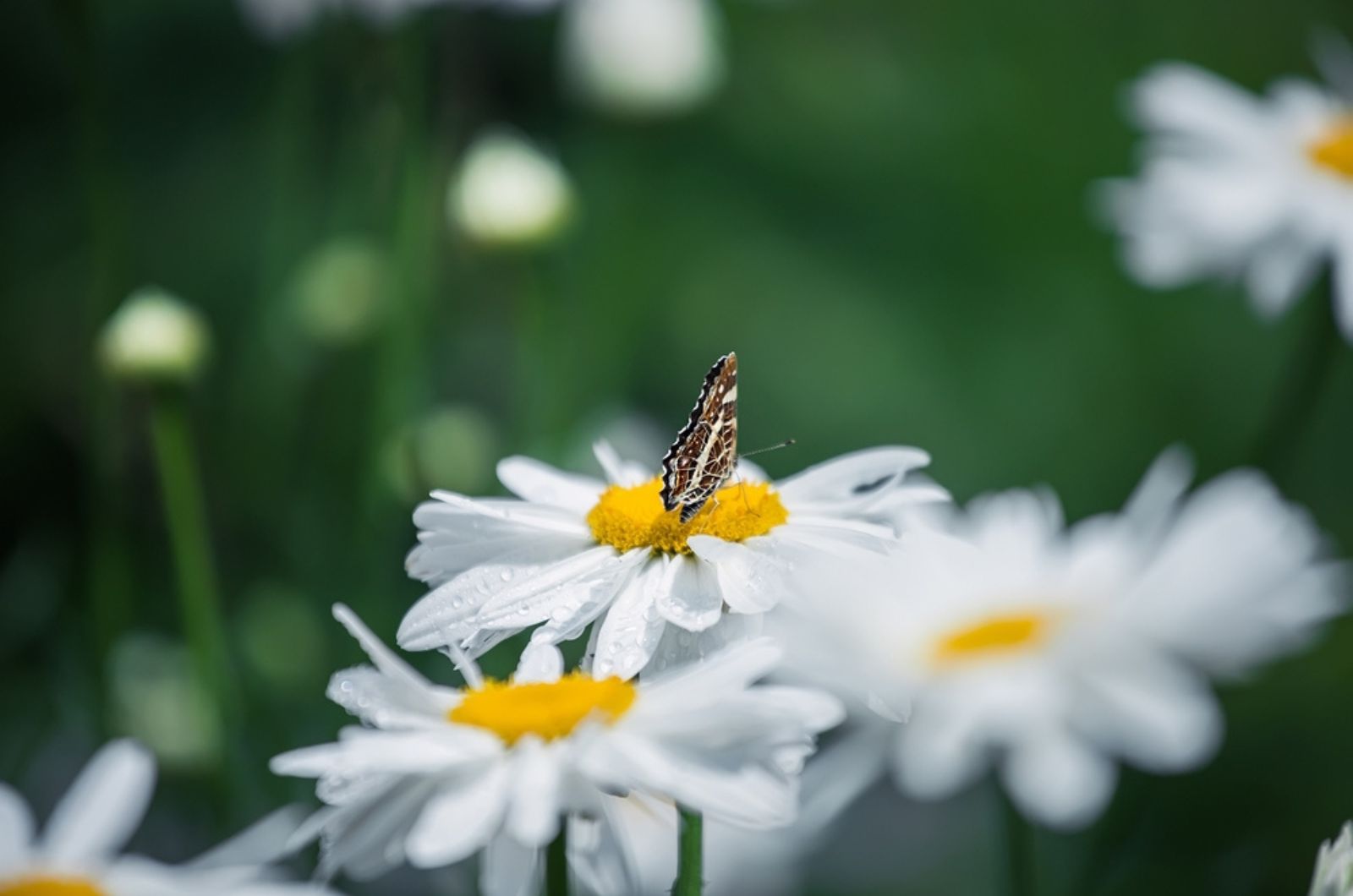Shasta daisies are one of gardeners’ favorites, and for good reason. They look amazing, attract numerous pollinators, and they don’t require excessive care.
However, with fall just around the corner and the cold temperatures destroying the delicate flowers and foliage, it’s time to give them a hard prune.
But did you know that these plants can benefit from a lighter trim in spring and summer?
Learn all about these techniques in the following sections!
Cutting Back In Fall
Just like coneflowers and dahlias, shasta daisies also benefit from being cut back come fall.
Trimming the withered and wilted stems and flowers at this time allows you to keep your yard neat and tidy.
Also, it helps your plants produce new growth in spring more easily.
Finally, removing all the dead growth reduces the risk of developing fungal diseases and pests surviving the winter, infecting and infesting your plants when the weather warms up.
It’s best to wait until the first fall frost to start cutting back shasta daisies. Then, take a clean pair of pruners or gardening scissors and get to work. Cut them a few inches above the ground level.
And if you’re expecting cold weather in the next few days or you live in a climate with harsh winters, you can mulch your shasta daisies. Just know that adding too much mulch is dangerous because it can lead to root rot.
Also, you can cut back these beauties once winter wanes. In this case, seed pods that form can be an excellent food source for birds during this time of the year. Just trim them before new growth starts to emerge.
Note: It is important that the tools you use are disinfected so that you don’t transfer any bacteria or fungi spores onto your plants.
Spring Pruning
Late spring is the perfect time to give your herbaceous perennials, such as shasta daisies, a Chelsea chop – a prune at the end of May, named that way because it coincides with the RHS Chelsea Flower Show.
At this point, you can remove about a third or even half of the entire plant, to promote healthier, lusher, and more compact growth with prolific blossoms. Prune the plants just above the healthy leaf sets, and that’s it.
And if you have more shasta daisies or (coneflowers, asters, rudbeckia, etc.), you can trim them at slightly different times to stagger their blooming periods and get a new flush of flowers throughout the season.
Just give them plenty of water after the chop so that they can recover more quickly, especially during warmer conditions.
Deadheading In Summer
The good news is that you don’t have to do any pruning in summer. All you have to do is deadhead the spent flower heads to make room for new ones to prolong the blooming season.
Monitor your plants regularly and remove the withered and faded flowers as soon as you notice them.
But if you want to collect shasta daisy seeds, make sure to leave a couple of flowers after they start fading. They’ll produce seed pods filled with seeds you can plant the following season.
Bonus tip: In addition to pruning and deadheading, you should divide your shasta daisies every 3-5 years to prevent overcrowding. Separate them in fall after cutting them back, and you’ll get more plants and flowers in the easiest way possible.



